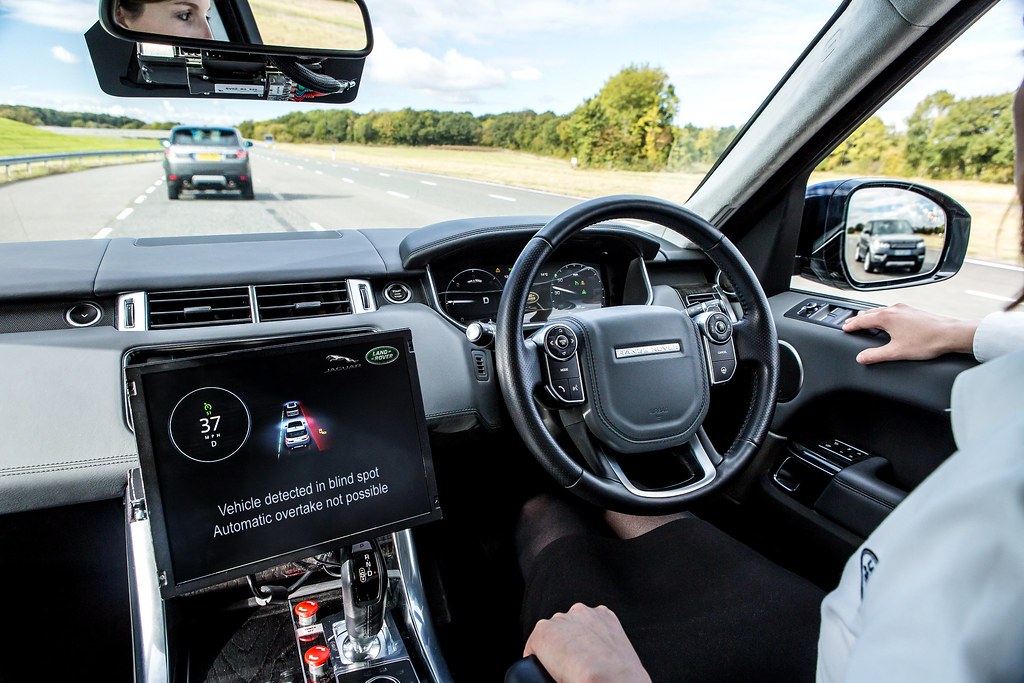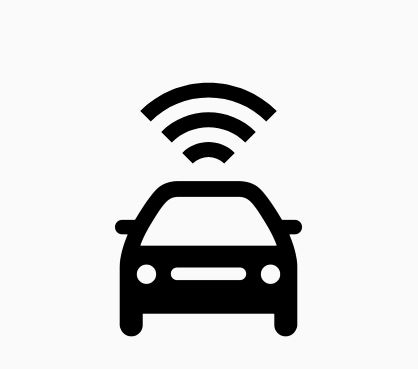Summary
– The profile of the connected car and its functions
– The challenges of the connected vehicle
Today, the connected car is synonymous with immense promises for the future that plunge us into a new era of the automobile! This post brings you an update on this technology and its prospects.
What is a connected car?
The connected vehicle, not to be confused with the autonomous vehicle, is a reality today. A growing number of new vehicles are equipped with this new process and it is estimated that by 2020, 80% of them will be connected.
The definition of a connected vehicle corresponds, as its name indicates, to a vehicle that is open to the outside, allowing the exchange of data and information. The car is no longer just a mobile metal cage where the occupant is isolated from the outside but represents an improvement in safety, energy savings, pollutant emissions and time savings synonymous with profitability.
Concrete applications of the connected vehicle
Car connectivity can be classified into three progressive levels.
1. The intra-connectivity
The connectivity remains in the vehicle and the interior management system (on-board computer) analyzes the vehicle’s driving in real-time and alerts the driver. Typical examples are fuel consumption monitoring or Eco-driving displaying the recommended gear shift.

Bluetooth that enables wireless connection with the smartphone, is also part of the system. The on-board system manages the connection and the telephone exchange, which is similar to a hands-free kit, cutting off the sound of the car radio when passing by.
2. Extra-connectivity
The connection is then made to the outside, via GPS coordinates, and allows an organization to control the use of the vehicle, like company cars (commercial passengers, trucks …) or insurance contracts whose premium is calculated by the number of kilometres travelled, thanks to onboard trackers.
Please note: since 2017, all new vehicles can automatically generate an alert message for emergency services in the event of an accident (like the Onstar application already installed at Opel).
3. Interconnectivity
The term connectivity takes on its full meaning here and corresponds more to the image relayed by the media (which sometimes happily mixes connectivity and car autonomy). GPS data is an important parameter for this 3rd level; data exchanges are made in both directions, to the benefit of the driver and the community.
A few examples are given below:
– Real-time traffic information with the proposal of an alternative route (Media Nav at Renault, 3D connected navigation at Peugeot, Onstar at Opel…).
– Community GPS: not only do they guide you to your destination, but they also inform you in real-time of possible dangers on the road, signalled by users who are ahead of you (Michelin navigation, Coyote…).
– The anti-theft GPS tracker: hidden in the vehicle, in case of theft of the vehicle, it allows real-time location and can stop the engine at the command of the owner.
The stakes of the connected vehicle
Autonomous and connected vehicle: the key to the future
The autonomous vehicle is a vehicle capable of taking the place of the driver to move around or perform manoeuvres. As for connectivity, it is essential for the future of these vehicles, interactivity with the outside world being indispensable.
If the autonomous car without a driver is to be considered only in a rather distant future (road legislation will have to be completely redefined), the autonomy with the driver is on the way!
Autonomous cars: existing applications
Their particularity today is their still limited integration, in the inter-connectivity with the other functionalities of the vehicle, and more or less considered as gadgets :
– The automatic parking system: thanks to its connectivity with the outside (radars, sensors, cameras), the manoeuvre is done without steering wheel intervention (Active park assist at Ford, S-Ipa at Toyota, Park assist at VAG, etc.).
– Multimedia connectivity: Bluetooth, WiFi, 3G allow communication with mobile devices (tablets, smartphones, etc.) and remote control of functions (air conditioning, engine starting, control of windows, activation of the alarm).
Autonomous cars: future applications or those under development
They will require better quality components (obsolescence of sensors and components to be improved) and better interactivity of all systems. All manufacturers are working on this and some technologies are already in the testing phase:
– BMW, with Connected drive, grouping several applications, some of which are already installed on the series, such as the Google street view application, remote vehicle controls, continuity of GPS guidance outside the car thanks to the connected smartphone, etc.).
– Audi, in partnership with the Navdia company, is developing an autonomous driving system using artificial intelligence guided by Audi Q7 video cameras.
– The Google car project, whose prototypes have already covered more than 1.5 million km.
– Tesla, the emblematic brand of the electric vehicle, which is very advanced in the autonomous car, has declared itself ready for application on a series of vehicles.
– Other, more atypical connectivity players are also responding to automotive demand, such as Windows with its “Windows embedded automotive” development tool.
Connected cars and Cybersecurity
The challenge is significant, although connected vehicles will undoubtedly be linked to the automobile for years to come, data protection is and will be a key issue in their development, not only to protect the personal data of users but also for road safety (road traffic management).
Should you wish to share your views, please write in the comment section below.



One thought on “What is a Connected Car?”